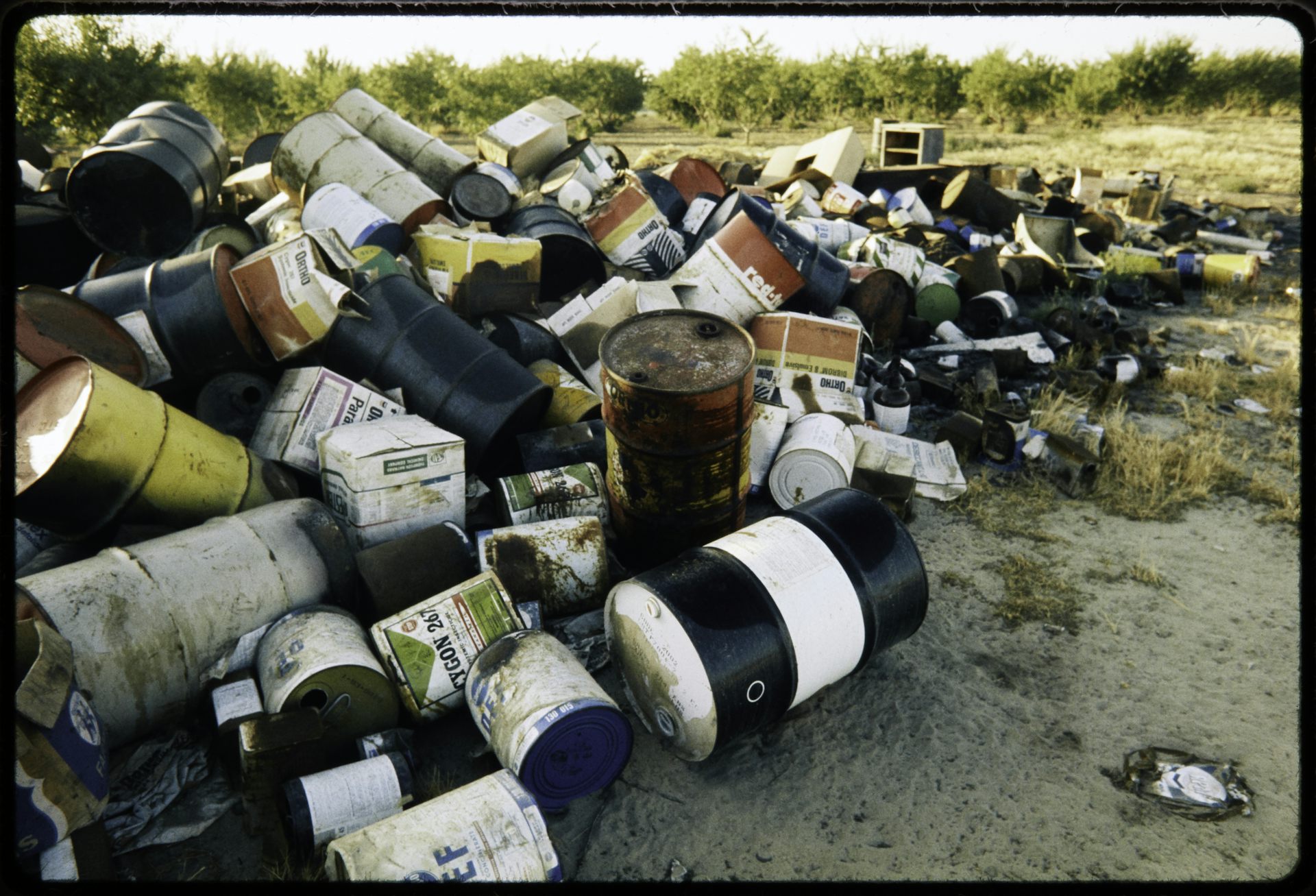India outlawed commercial surrogacy – clinics are finding loopholes
Surrogate mothers in developing countries are being shuffled across borders to evade a crackdown on the industry. This emerging gray market puts women at risk.
Would you pay someone US$150,000 to have your baby?
The high cost of surrogacy in the U.S. has pushed many potential parents to seek cheaper options elsewhere. Countries like India and Thailand have attracted surrogacy clients from countries like the U.S., Britain, Australia and Israel. The global surrogacy trade, however, has been fraught with scandals.
In India, where I’ve studied surrogacy since 2008, the government is rethinking regulations. Gay couples were banned from using commercial surrogacy in 2012. In March 2017, the Indian government extended the commercial ban to everyone. Now, only so-called “altruistic surrogacy” is allowed – when a consenting female family member bears a child for a childless heterosexual Indian couple without pay.
But what impact are bans on commercial surrogacy having for women who work in the reproductive industry?
Downsides of commercial surrogacy
Some bioethicists and feminists have welcomed bans on commercial surrogacy. They argue that it’s unethical to build businesses on women’s reproductive capacities.
Surrogacy businesses in India almost exclusively focused on the needs of the client.
Destinations such as India became popular precisely because they offered surrogacy at bargain basement prices by paying surrogate mothers less. They offered preterm childbirth through cesarean surgeries in order to accommodate clients’ availability to take time off from work. They created barriers between surrogate mothers and clients to minimize the emotional costs for clients. This allowed clients to leave India with their babies – no strings attached.
Many bioethicists believe that selling pregnancy as a service is untenable because it puts a price on human body parts and life. Commercial surrogacy, they note, results in the devaluation of women and children and the eventual degradation of society. Thus, removing cash payment for surrogacy and instead endorsing it as an altruistic, gift-like exchange between transactors is seen as more ethical.
These arguments carry weight. Countries like Canada and Australia allow only altruistic surrogacy.
Downsides of bans
Like other countries that provide commercial surrogacy, there were no legal requirements in India to provide statistics on how many clinics provided surrogacy services, the number of clients or women employed. What we do know is that the ban has slowed a brisk global trade in Indian working-class women’s reproductive capacities that is estimated to have garnered anywhere from $400 million to $1 billion per year. The baby trade, however, does not stop with bans on commercial surrogacy. Instead, infertility clinics jump through legal loopholes by moving surrogate mothers across borders. These movements expose surrogate mothers to great risks.
For example, when India first banned surrogacy for gay couples in 2012, various infertility businesses in Delhi continued to sign on gay clients from all over the world. Clients shipped their frozen sperm to Delhi, which was used to fertilize eggs from Indian donors. The resulting embryos, legally belonging to the gay men, were implanted into Indian surrogate mothers. To avoid the ban, infertility clinics then moved surrogate mothers across international borders into Nepal. There, they gave birth and clients arrived to pick up their children.
This emerging trade route between Delhi and Kathmandu halted when an earthquake hit Nepal on April 25, 2015, killing 8,000 people and injuring more than 21,000. While various governments airlifted babies belonging to their citizens, the fate of the Indian mothers and how they got back home remains unclear.
I learned more about this type of workaround in conversations with a Mumbai-based infertility specialist in September 2015. The specialist, who will remain anonymous to protect confidentiality, revealed that he was recruiting surrogate mothers from Kenya to come to Mumbai. Through in vitro fertilization, he implanted the Kenyan women with embryos belonging to gay men. The women were then flown back to Nairobi after completing 24 weeks of pregnancy in India. They birthed babies in designated hospitals in Nairobi, from where gay father clients picked up the babies. The Mumbai doctor maintained that he had not broken the law, because technically, he had not interacted with gay clients within Indian territory, and all he had provided was in vitro fertilization for Kenyan “health-care” seekers.
News reports have documented a similar effect in Cambodia, where the government has begun to crack down on surrogacy earlier this year. Now, surrogate mothers from Phnom Penh are being sent to Bangkok, Thailand to deliver babies. Thai law bans commercial surrogacy transactions, but enforcement agencies are unable to distinguish surrogate mothers in hospitals from other pregnant women. Cambodian surrogate mothers are also being sent to Laos, where there are no laws, to deliver babies in clinics staffed by Thai doctors who once worked in Thailand when commercial surrogacy was still legal there.
Under these circumstances, women are far more vulnerable than before. They are wholly dependent on agencies that have brought them into countries where they are strangers and unfamiliar with the language, culture and social norms. Surrogacy agencies provide them with housing and food in these foreign countries. And they control the money. As a result, the women are powerless to terminate their contracts, or go back home if they choose to do so. They are isolated from friends and family and have no legal recourse to address financial abuses or medical malpractice.
Human rights of surrogate mothers
Country-specific bans do nothing to alleviate the vulnerability of working-class women across poor countries. Instead, these bans create situations where women may be exposed to far deeper mistreatment and exploitation. Governments might want to reconsider bans on commercial surrogacy.
One option is to negotiate multilateral agreements between countries to govern global surrogacy. Such international law would need to balance the rights of persons pursuing parenthood, children’s rights and surrogate mothers’ rights. But because of differences in countries’ norms on gay rights and surrogacy, international agreements are difficult to forge.
A more pragmatic solution for countries like India and Thailand would be to legalize commercial surrogacy but regulate it heavily. Rather than bans, governments should consider laws that uphold surrogate mothers’ sense of dignity and bodily integrity. Surrogate mothers should be treated as full human beings who have the right to choose how they get pregnant, the right to opt out of medical interventions, the right to refuse cesarean surgeries and the right to maintain contact with the babies they birthed. Commercial surrogacy is tenable only if surrogate mothers’ emotional, physical and intellectual well-being is respected.
Editor’s note: This article and video were produced in collaboration with News Deeply’s Women & Girls.
Sharmila Rudrappa does not work for, consult, own shares in or receive funding from any company or organisation that would benefit from this article, and has disclosed no relevant affiliations beyond their academic appointment.
Read These Next
RFK Jr. guts the US childhood vaccine schedule despite its decades-long safety record
In an unprecedented move, health officials cut the number of vaccines routinely recommended for children…
LA fire studies show the risks as wildfire smoke lingered inside homes
When cities burn, plastics, electronics, cleaning chemicals and much more create a toxic brew. Studies…
The US used to be really dirty – environmental cleanup laws have made a huge difference
Critics of environmental protection laws may have forgotten how much progress has been made.






